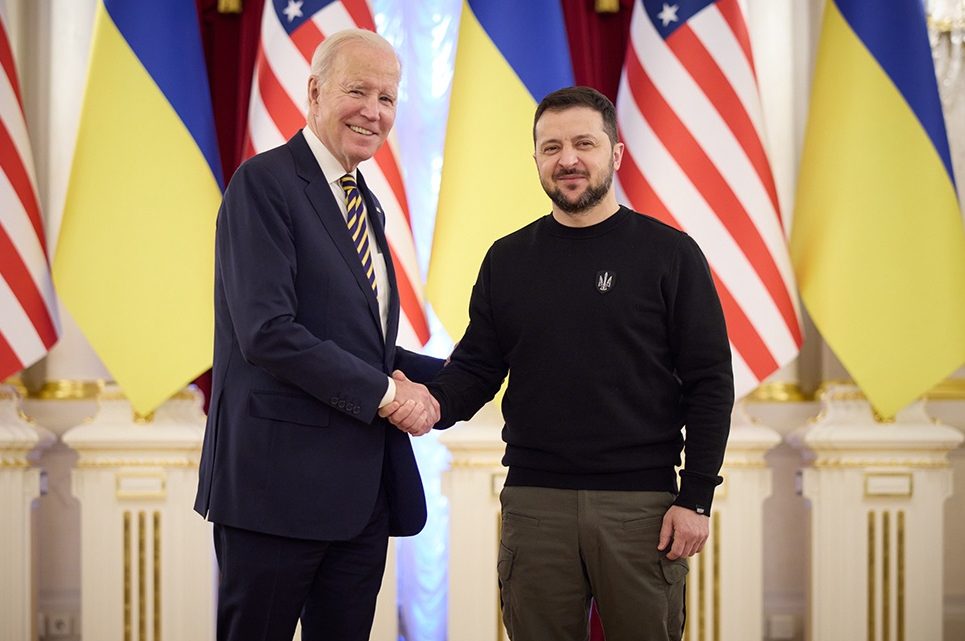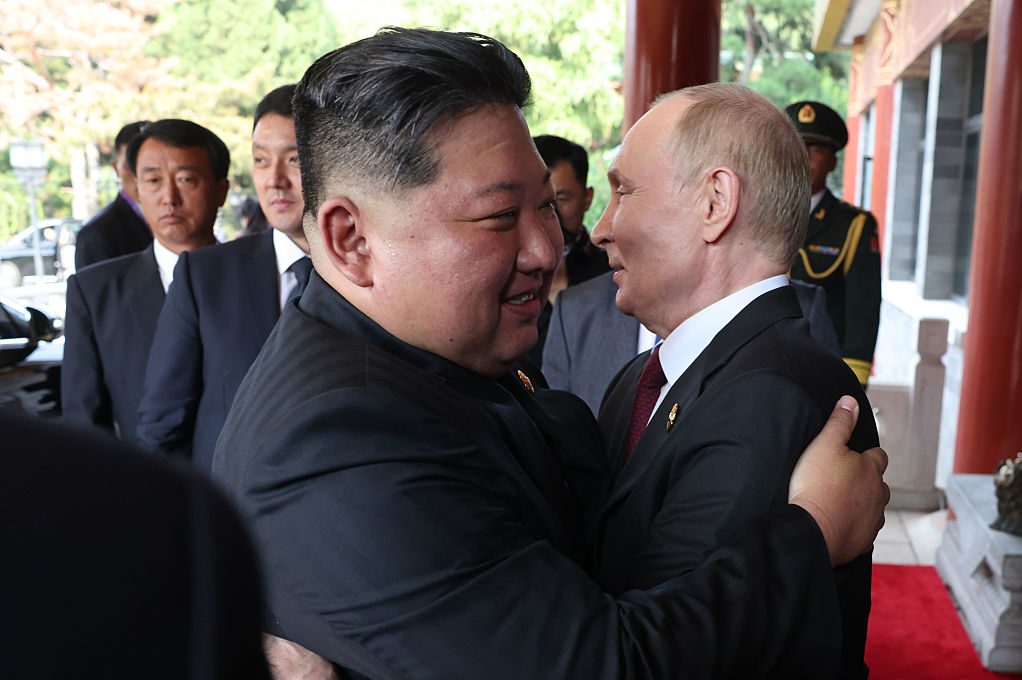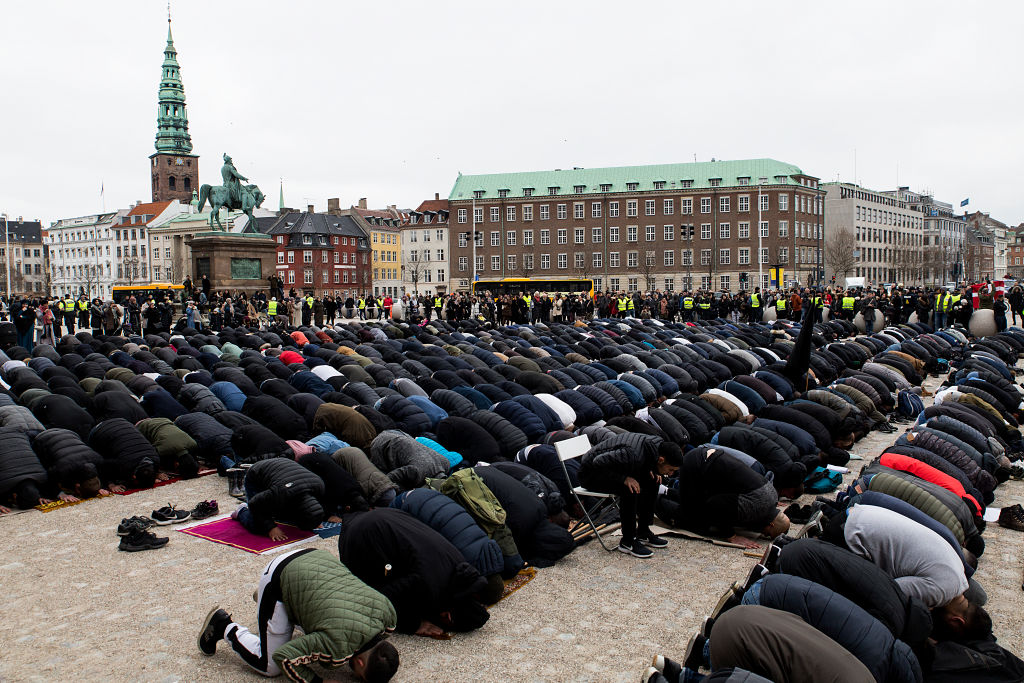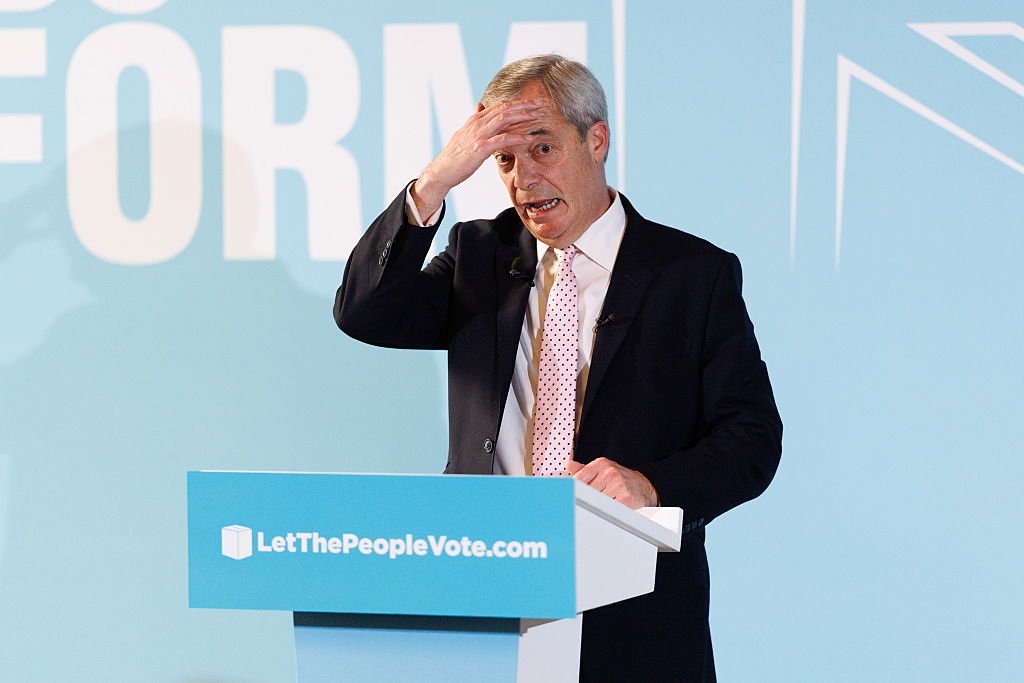With just over sixty days left in office, Joe Biden’s White House has significantly escalated the Ukraine war it had tried so hard to contain by authorizing the use of US-supplied medium-range ATACMs (Army Tactical Missile Systems) and antipersonnel mines against targets inside Russia. Biden’s U-turn breaks a long-standing convention on presidential transitions that lame-duck presidents aren’t supposed to make major foreign policy changes — especially not ones that severely constrain the stated policies of their elected successor. The immediate result has been a direct Russian threat to the US embassy in Kyiv and what German defense minister Boris Pistorius has called “sabotage” of undersea internet cables in the Baltic. The White House’s announcement, rather than helping Ukraine, has instead made Donald Trump’s vow to end the war more difficult.
Biden chose to throw away one of the few diplomatic cards that Trump would have had left to play
International support for continuing to arm Ukraine is collapsing, while diplomatic efforts are gathering pace. Even Volodymyr Zelensky acknowledged last week that the war is likely to end soon, through negotiation, and that Trump’s election will hasten that outcome. He said: “From our side, we must do everything so that this war ends next year, through diplomatic means.”
Authorizing the use of ATACMs against Russia was one of the very few diplomatic cards that Trump had left to play against Putin. Yet instead of allowing Trump to use that threat as part of a negotiation strategy, Biden has instead just thrown it into the general maw of a failing Ukrainian war effort.
Operationally, Ukraine has once again found itself in the worst of all possible worlds. Militarily, the best use to which Ukraine could put ATACMs would be to systematically destroy all Russian oil and gas infrastructure within their 185-mile range — including pipelines leading to the strategic oil port of Novorossiysk. With unlimited supplies of ATACMs, Kyiv could also take out power stations, rail and road bridges, airports, dams and factories across a 745-mile swath of central Russia — exactly the kind of infrastructure that the Kremlin has been striking with impunity inside Ukraine for nearly three years. That would quickly and massively escalate the cost of the war to the Kremlin — as well as very probably start a direct war between NATO and Russia. Which is precisely the reason that Biden’s ATACMs authorization has reportedly been restricted to the vicinity of the small patch of Russia’s Kursk province currently occupied by Ukraine, and is targeted specifically to answer the mobilization of North Korean troops. And not only are the targets restricted, the numbers of ATACMs missiles available are too.
So Biden’s authorization is likely to do little to impact the course of the war — but at the same time it allows the Kremlin to claim that NATO has directly entered the conflict. And in a technical sense Putin is in fact correct — one of the main (and little discussed) issues is that ATACMs rely on NATO satellites to work, and those will now be targeting Russians inside Russia proper.
To be fair, it was not Biden but Putin who started this latest round of escalation. The reported deployment of up to 12,000 North Koreans in Kursk and an all-out attack on Ukrainian energy infrastructure over the weekend indicated that the Kremlin is planning to do everything it can to capture as much Ukrainian territory in this final stretch of the conflict before Trump comes to office. ATACMs authorization has been Biden’s response to, not the cause of, the latest flare-up.
But the problem with ATACMs is that they are unlikely to be a game-changer operationally, and this puts them in very much the same mould as the previous wonder-weapons that the Ukrainians have clamoured for, such as Leopard-2 tanks and F-16 fighters. Last year, Kyiv called for 200 to 400 main battle tanks but received about thirty, which were quickly destroyed for lack of air cover. Of the 120 F-16s that Zelensky asked for, he got around ten. And now, after nearly three years of war, it’s not weaponry but manpower that Ukraine lacks most. Reports of Ukrainian military desertions are on the rise, as army recruiters resort to brutal press-gang tactics to force draftees to the front lines.
There was a reason Zelensky looked glum even as he announced Biden’s ATACMs decision. Russian forces continue to advance steadily in Donbas. More than 80 percent of Ukraine’s power infrastructure has been hit, leaving large parts of the country without power or heat for longer and longer periods of blackout. At the same time international pressure for an end to the war is gathering. Last week Germany’s Chancellor Olaf Scholz spoke to Putin for the first time since Russia’s invasion to test the waters for talks. Turkey’s Recep Tayyip Erdoğan has promised to present a peace plan at an upcoming G20 summit. And Trump himself has, famously, promised to end the war “within twenty-four hours” once he becomes president.
It’s also increasingly clear that the terms of a final armistice will be a variation of what was on the table in Istanbul in March 2022: Ukraine agreeing to stay out of NATO and become a neutral country, plus a de facto partition along the line of control. Zelensky’s rhetoric has also shifted. The “victory plan” he touted in Washington in September has now been downsized to a “resistance plan.”
The major variable is when, how and by whom Putin can be persuaded to accept any kind of terms as long as he continues to win on the ground. According to BNE Intellinews, readouts from the Scholz-Putin call “suggest that Putin was confident and in no mood to compromise, lecturing Scholz on history, as he loves to do, and basically saying Russia intends to keep all the territory it has annexed or occupied.” The root problem is that Ukraine’s allies have run out of ways to hurt Russia without either spiking world oil prices — which would crash western economies and quickly sow political chaos — or actually becoming involved directly in the conflict.
After nearly three years of war, it’s not weaponry but manpower that Ukraine lacks most
How many tanks, planes, missiles, Patriot batteries would Ukraine need to actually push back the Russians? That debate is fast becoming a historical one. If the Leopards, the F-16s and the ATACMs had arrived in the winter of 2022-23, history could possibly have been different. But the weapons did not arrive. Sanctions did not crush the Russian economy as so many talking heads in the West predicted they would. Large areas of the developing world — and, crucially, China — continued to trade with and support Moscow rather than follow Washington’s line. And the reality is that since spring of last year, Washington continued to stoke Ukrainian hopes while in fact steadily drawing down its actual support. The price of that illusion of victory was paid in blood by tens of thousands of Ukrainians — and the war is now approaching its final, bloody and more desperate phase, with Ukraine closer than it has ever been to a military collapse.
And yet even as a season of grim realism and ugly compromise sets in, there is good news. Ukraine has not been defeated. The war was not in vain. Kyiv lost 22 percent of its territory, but the majority of Ukraine remains free of the Kremlin’s control, democratic and with a reasonable chance of a prosperous European future.
If the Biden administration really had Ukraine’s best interests at heart, it would have done what it could to help the Trump regime bring the war to an end as fairly and as quickly as possible. That would have meant leaving all available leverage in the new administration’s hands. Instead, Biden chose to remove one of the few bargaining chips left to Trump, in order to give an operationally negligible sugar-rush to Zelensky’s failing war effort. In doing so, Biden has just made the path to the coming peace deal that bit longer and that bit bloodier. This is the opposite of helping Ukraine.
This article was originally published in The Spectator’s UK magazine. Subscribe to the World edition here.
























